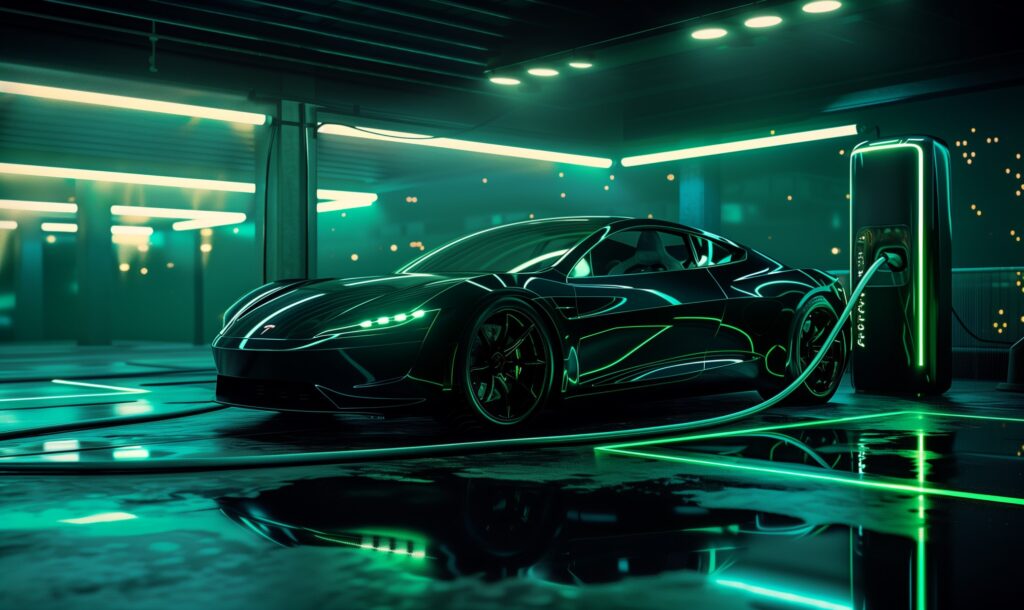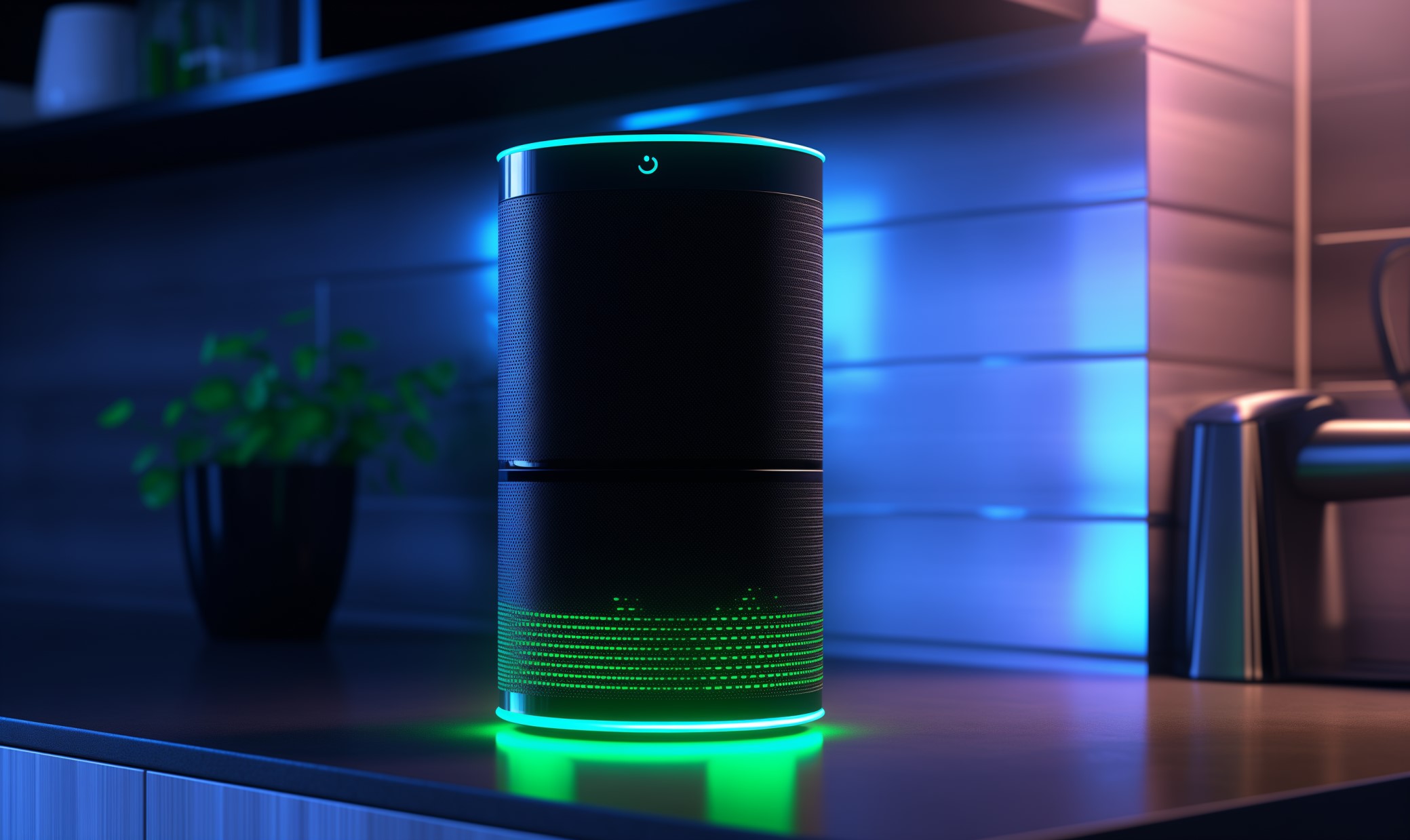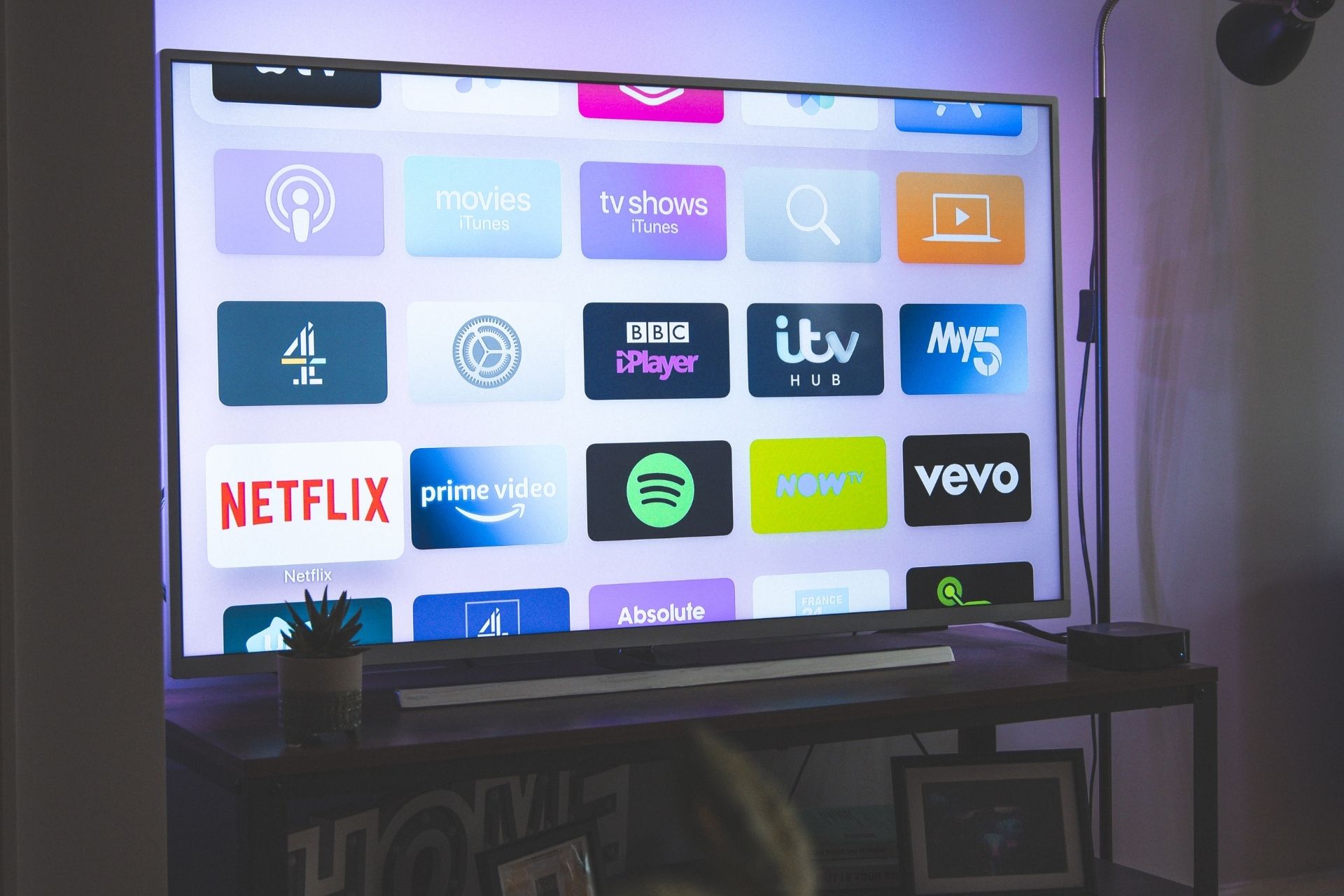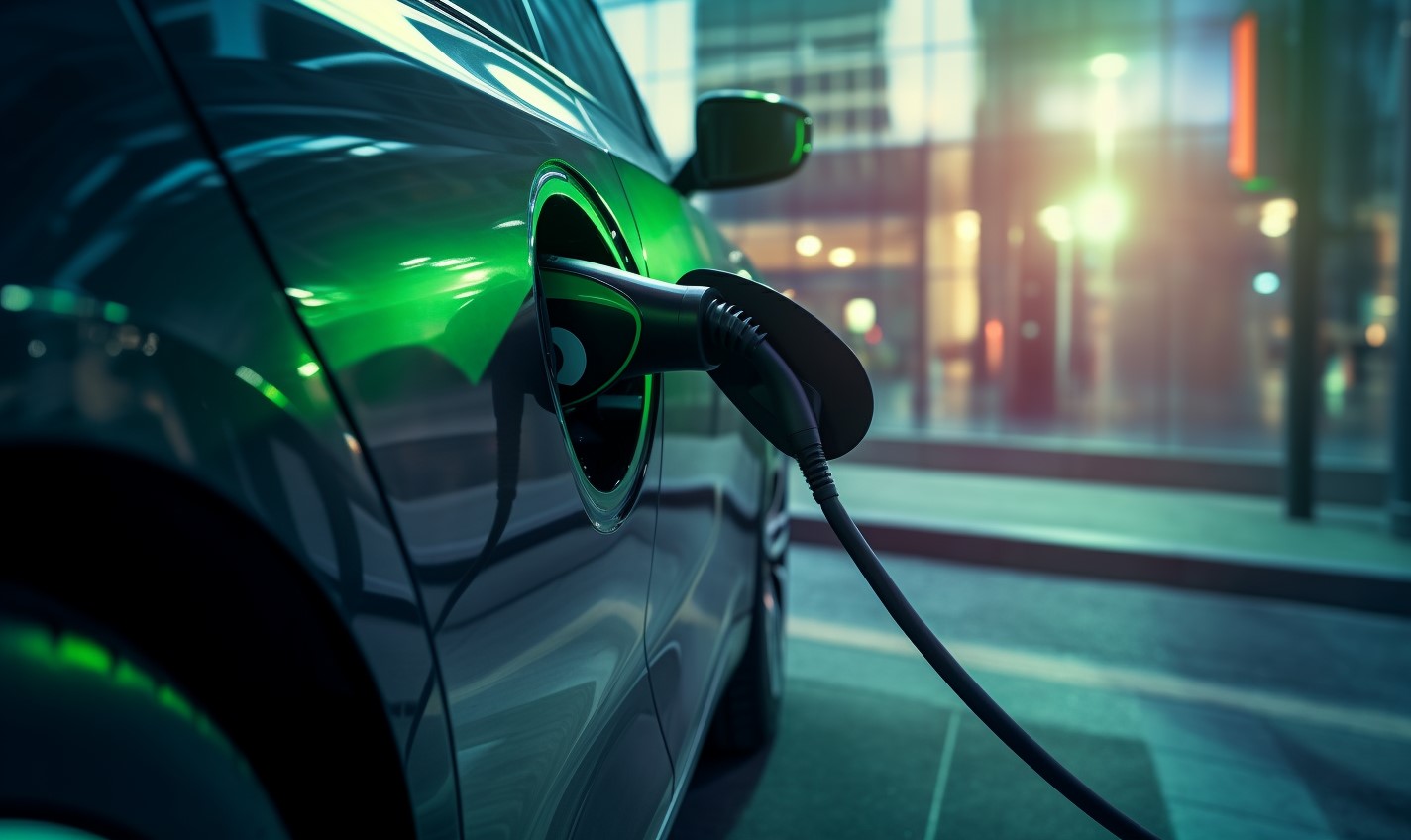A growing number of people are getting on board with renewable energy, which means many of them investigate wind power. It’s a sustainable energy source made possible with turbines.
Off-grid systems are independent of the utility grid, and they divert energy to batteries for later use. However, a grid-connected wind turbine system works differently and is often an appealing choice for people who want to reduce their dependence on fossil fuels.
How Does a Wind Turbine Work?
A grid-connected system — also called an on-grid system — has several parts that work together to send power to homes and businesses. The turbine takes the wind’s kinetic energy and converts it to electricity. It also has some essential parts — a rotor, generator and gearbox — protected inside an enclosure called a nacelle.
The turbine’s rotor has large blades connected to a generator, gearbox and controller. The gearbox links a low-speed shaft inside the turbine to a higher-speed shaft, making the blades turn faster.
Without the help of the gearbox, the blades would only reach a maximum rotation speed of about 60 turns per minute. The number goes up to a 1,000-1,800 range due to the gearbox.
When the turbine moves fast enough, the generator can start turning the motion into electricity. It does so with electromagnetic induction. That happens because the turbine’s rotor has loops of copper wire surrounded by magnets. When they start to turn, electromagnetic induction is the outcome.
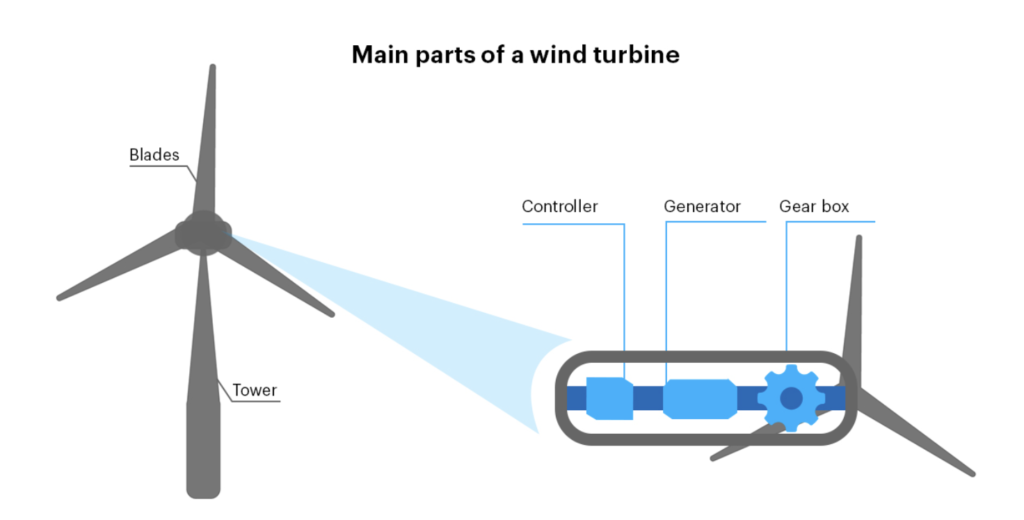
Where does the controller come into play? It stops the turbine from operating in wind speeds above 55 mph and helps it start when the wind speeds are at least 8 mph.
A device called an anemometer measures the wind speed and sends that data to the controller. Then, when the wind blows too hard, a brake activates to stop the turbine from moving.
How Does Wind-Generated Electricity Reach the Grid?
Understanding how electricity made from a wind turbine gets to the grid requires knowing the function of an inverter in such a setup first. The generator associated with a wind turbine produces direct current (DC).
It’s necessary to convert the power to alternating current (AC) before it powers a home or gets sent to the grid. The inverter takes care of that step.
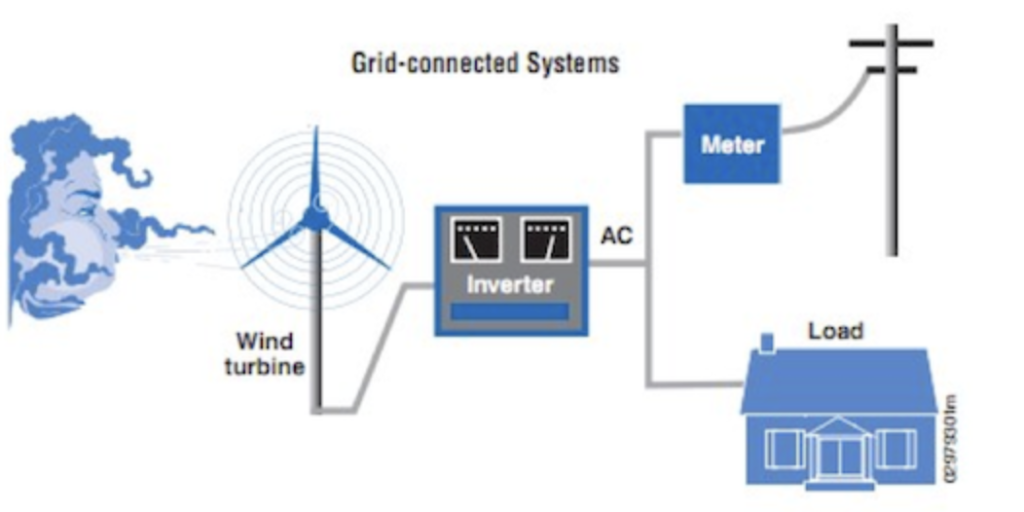
The electricity initially created by the generator travels down the turbine’s tower until it reaches a step-up transformer at the base. The transformer increases the electricity’s voltage for more efficient transport. Next, the power flows through underground wires until it gets to an on-site substation.
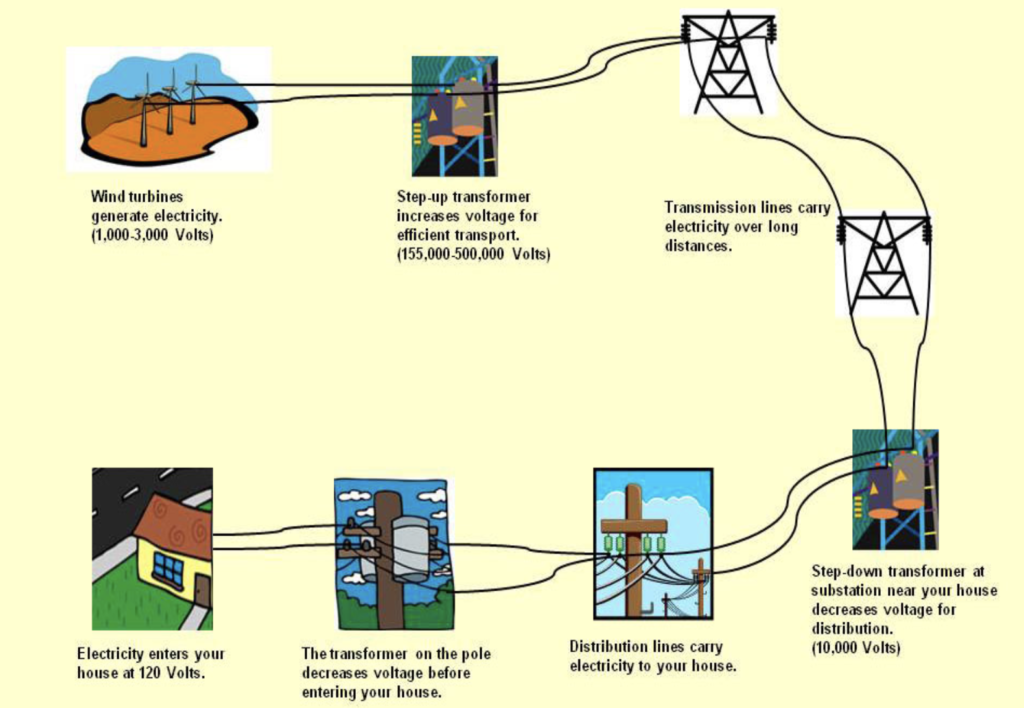
Next, overhead power lines send the electricity to an off-site substation. During that journey, it goes through high-transmission power lines. Finally, it reaches a substation containing a step-down transformer. It lowers the voltage to a level appropriate for use in the community.
Power lines carry the electricity to homes and businesses. A transformer located on the power line pole decreases the voltage yet again to 120 volts, making it ready for consumption.
How Can a Grid-Connected Wind Turbine System Save Money?
One of the main advantages of a grid-connected system is that it allows eligible households to sell excess energy produced by the wind turbine back to the electricity provider. Then, in cases where the turbine cannot provide all the electricity a home needs, the utility provider makes up the difference with the grid.
An on-grid system connects to a household electric meter to show overall usage. Then, when the wind turbine produces more energy than necessary, the meter numbers roll backward.
If a person wants to reduce their dependence on the grid, plus have the chance to save on overall electrical costs, a grid-connected turbine could help them achieve those goals.
However, the amount of money saved depends on if an individual lives in an area where the wind speeds are consistently high enough to make a turbine system worthwhile. Usually, the best location for an on-grid turbine is a place where the annual average wind speeds are at least 10 mph.
An Eco-Friendly Option
This overview helps people understand how a grid-connected wind turbine system functions. Now, the next time they see one in use, they’ll be more able to appreciate the electricity-generating technology.
Recent Stories
Follow Us On
Get the latest tech stories and news in seconds!
Sign up for our newsletter below to receive updates about technology trends











